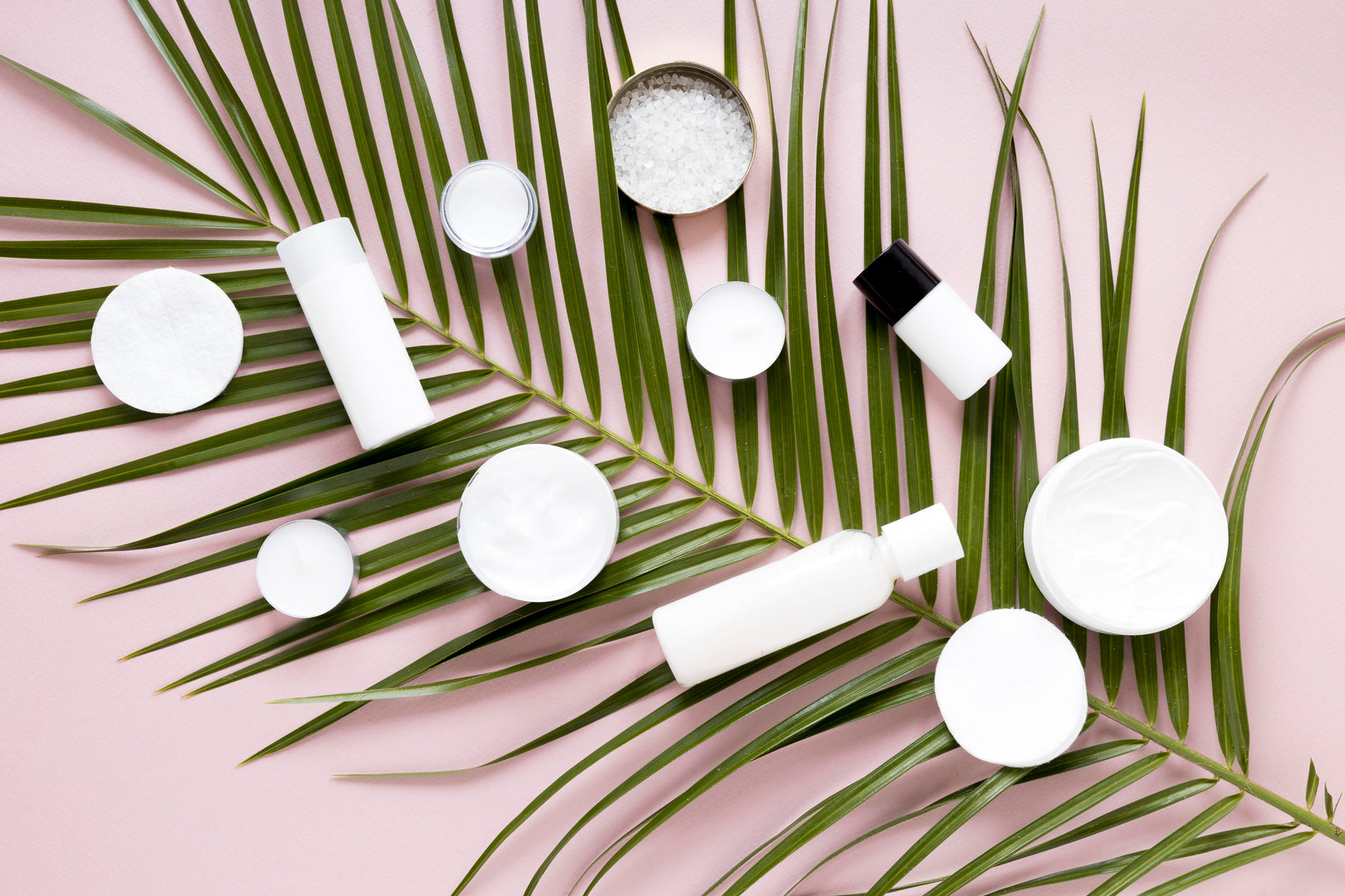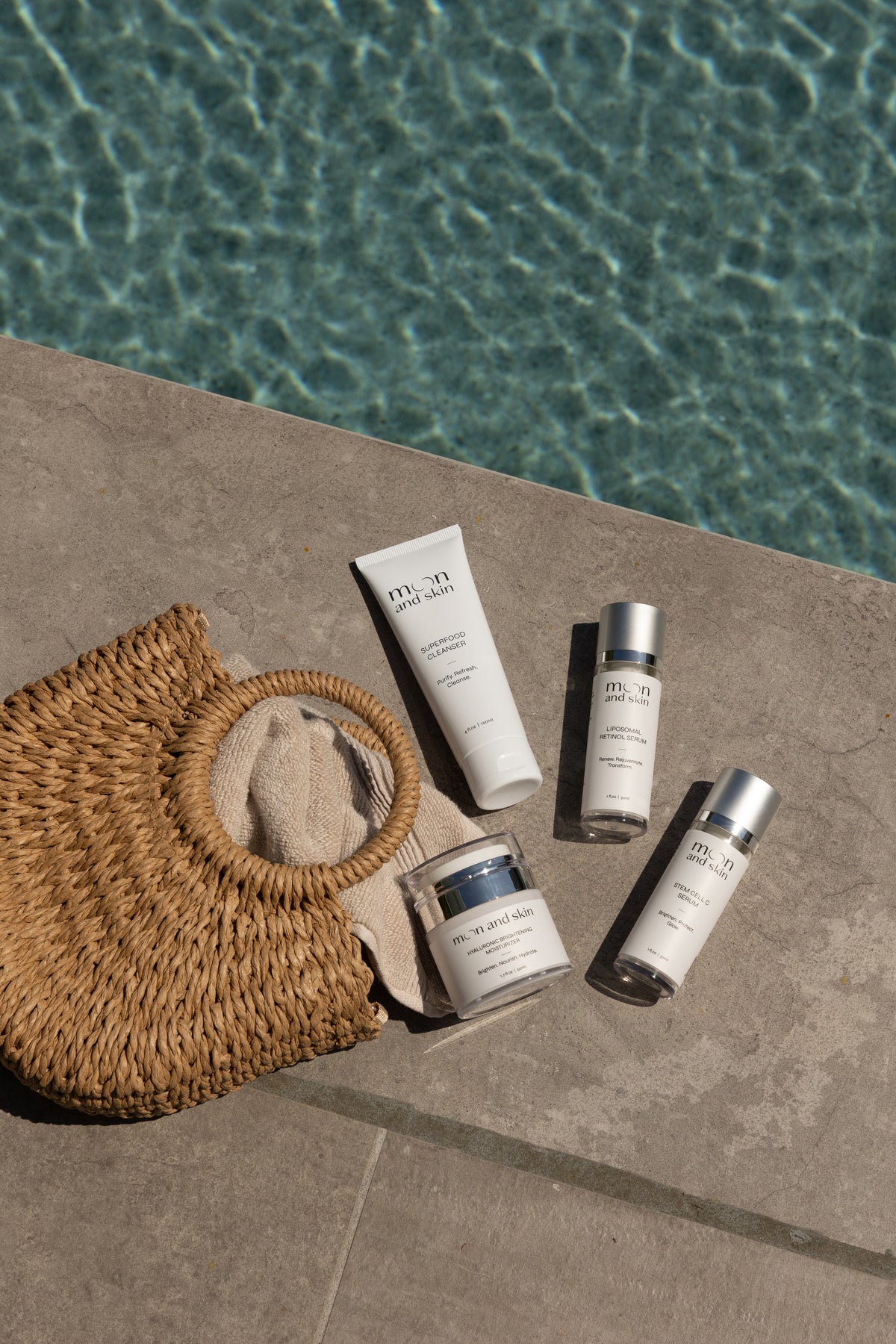Table of Contents
Introduction
Imagine a gentle, nourishing product that can melt away the heaviest of makeup while simultaneously providing hydration and care to your skin. Sounds too good to be true, right? Welcome to the world of cleansing balms! These versatile skincare heroes have rapidly gained popularity in recent years for their ability to cleanse without stripping the skin of its natural moisture. However, with their rise in fame comes a critical question: Do cleansing balms clog pores?
As skincare enthusiasts, we understand the concern surrounding pore-clogging ingredients and their potential to exacerbate breakouts and skin issues. With an increasing variety of cleansing balms on the market, it’s essential to dissect the ingredients, application methods, and overall efficacy of these products. In this blog post, we will explore the potential of cleansing balms to clog pores, the science behind their formulation, and how to use them effectively to achieve the best results for your skin.
So, let’s embark on this journey together and uncover the truth about cleansing balms and their role in our skincare routines!
Understanding Cleansing Balms
Cleansing balms are oil-based cleansers that typically come in a solid form. They are designed to break down makeup, dirt, and impurities on the skin while providing a soothing and moisturizing effect. The unique texture of cleansing balms allows them to melt upon contact with the skin, transforming into a silky oil that effectively lifts grime and makeup without the need for harsh scrubbing.
How Do Cleansing Balms Work?
The primary mechanism behind cleansing balms is their ability to dissolve oil and impurities. Since oil attracts oil, cleansing balms utilize this principle to remove excess sebum, makeup, and dirt. When massaged onto dry skin, the balm melts and binds with the unwanted substances, effectively lifting them from the skin's surface.
The Emulsification Process
To maximize the effectiveness of cleansing balms, it’s crucial to emulsify them with water. This process involves adding a small amount of water to the balm after applying it to the skin. When mixed, the balm turns cloudy, allowing it to rinse away more effectively. Failing to emulsify the balm can lead to residual product being left on the skin, which may indeed contribute to clogged pores.
Key Ingredients in Cleansing Balms
Cleansing balms can vary significantly in their formulation, with some containing beneficial ingredients while others may include pore-clogging components. Here's a look at some common ingredients found in cleansing balms:
- Plant Oils: Many cleansing balms incorporate natural oils such as coconut, olive, or jojoba oil. While these oils can provide nourishment, some may be comedogenic, meaning they can clog pores in certain individuals.
- Waxes: Ingredients like beeswax can give balms their solid texture. However, heavier waxes can contribute to pore blockage if not emulsified properly.
- Emollients: Ingredients like shea butter or mango butter are often included for their moisturizing properties. These can be beneficial for dry skin types, but excessive use can lead to clogged pores.
Do Cleansing Balms Clog Pores?
The short answer is: It depends. Cleansing balms can clog pores if they contain comedogenic ingredients or if they are not used correctly. Here’s a breakdown of factors that influence whether a cleansing balm may lead to clogged pores:
- Ingredient Selection: Not all oils and waxes are created equal. Some are more likely to clog pores than others. For example, coconut oil is known for its moisturizing properties but can be comedogenic for some skin types. It’s essential to choose a cleansing balm formulated with non-comedogenic oils to minimize the risk of breakouts.
- Proper Application: As mentioned earlier, emulsifying the balm with water is crucial. If the balm is left on the skin without proper rinsing, it can create a barrier that traps dirt, bacteria, and excess sebum, leading to clogged pores.
- Skin Type Consideration: Everyone’s skin is unique. Oily and acne-prone skin types may be more susceptible to breakouts from heavier products. Therefore, it’s essential to select a cleansing balm that is specifically formulated for your skin type.
- Frequency of Use: Overuse of cleansing balms, especially those with heavier formulations, can lead to buildup on the skin. We recommend using cleansing balms as part of a double cleansing routine to ensure all residue is effectively removed.
The Importance of Double Cleansing
Incorporating double cleansing into your skincare routine can significantly reduce the risk of clogged pores. This method involves using a cleansing balm or oil as the first step to remove makeup and impurities, followed by a water-based cleanser to eliminate any remaining residues.
Steps for Effective Double Cleansing
- Apply the Cleansing Balm: Start with dry skin. Take a quarter-sized amount of the balm and massage it onto your face using circular motions. This allows the oils to penetrate the skin and dissolve makeup and impurities.
- Emulsify with Water: After massaging for about a minute, add a small amount of water to your face or mix it with your hands. Continue to massage until the balm transforms into a milky consistency.
- Rinse Thoroughly: Use lukewarm water to rinse your face thoroughly. Ensure all traces of the balm are removed to avoid any potential buildup.
- Follow with a Second Cleanser: Choose a gentle, water-based cleanser to remove any remaining residue and ensure a clean slate for the rest of your skincare routine.
Common Concerns About Cleansing Balms
Can Cleansing Balms Cause Breakouts?
Cleansing balms can potentially cause breakouts if they are not formulated properly or if they are not used correctly. As previously mentioned, using a balm with comedogenic ingredients or failing to emulsify and rinse it off thoroughly can lead to clogged pores.
What to Look for in a Cleansing Balm
When selecting a cleansing balm, consider the following factors:
- Non-Comedogenic Formulation: Look for products labeled as non-comedogenic, which means they are formulated not to clog pores.
- Ingredient Transparency: Check the ingredient list for pore-clogging oils or heavy waxes. Opt for cleansing balms that use lighter oils such as sunflower seed oil or grapeseed oil.
- Skin Type Compatibility: Choose a balm that suits your skin type. For acne-prone skin, consider a formula that emphasizes balancing and gentle cleansing.
Our Recommendations
At Moon and Skin, we believe in providing clean, thoughtful skincare for every phase of life. Our Superfood Cleanser is an excellent choice for those who prefer a nourishing, gentle cleansing experience. Formulated with HydroProtein Technology, it cleanses while deeply nourishing your skin, making it an ideal partner in your skincare routine.
For those looking to incorporate a cleansing balm into their regimen, our Bundle & Save collection allows you to experience the benefits of multiple products at a great value, ensuring your skincare routine is both effective and affordable.
Tips for Using Cleansing Balms Effectively
- Start with a Clean Slate: Make sure your hands are clean before applying the balm to avoid transferring bacteria to your skin.
- Take Your Time: Allow yourself a few extra minutes to massage the balm into your skin. This not only helps in breaking down makeup but also promotes circulation in your complexion.
- Listen to Your Skin: If you notice that a particular cleansing balm is causing breakouts, it may be best to switch to a different formulation.
- Incorporate Additional Skincare: After cleansing, follow up with a toner and moisturizer to restore your skin's balance and hydration levels. Our Hyaluronic Brightening Moisturizer is perfect for this step, providing hydration and brightness for a radiant complexion.
Conclusion
To answer the burning question: Do cleansing balms clog pores? The answer is nuanced. When used correctly and with the right formulations, cleansing balms can enhance your skincare routine without causing breakouts. It's all about choosing non-comedogenic ingredients, emulsifying properly, and following up with a gentle second cleanse.
By incorporating cleansing balms into your routine, you can enjoy the benefits of effective makeup removal, nourishment, and hydration all in one product. As we navigate our skincare journeys, remember that every product works differently for each person, and personalization is key.
For a complete skincare routine that addresses your unique needs, explore our Best Sellers collection, which features our most popular, proven products designed to support and celebrate your skin through all its phases.
FAQs
1. Can I use a cleansing balm every day?
Yes, cleansing balms are safe for daily use, especially as part of a double cleansing routine.
2. What if I don’t wear makeup?
Cleansing balms are effective at removing excess oil, pollution, and SPF, making them beneficial even for those who don’t wear makeup.
3. Are cleansing balms suitable for sensitive skin?
Absolutely! Look for cleansing balms that are free from harsh fragrances and contain calming ingredients.
4. How do I know if a cleansing balm is right for my skin type?
Choose balms that match your specific skin concerns and types, such as acne-prone, dry, or combination skin.
5. What should I do if I experience breakouts after using a cleansing balm?
If breakouts occur, consider switching to a non-comedogenic balm or adjusting your cleansing routine to ensure proper removal.
Embrace the journey of skincare with us at Moon and Skin, and let’s achieve that glowing, healthy complexion together!







